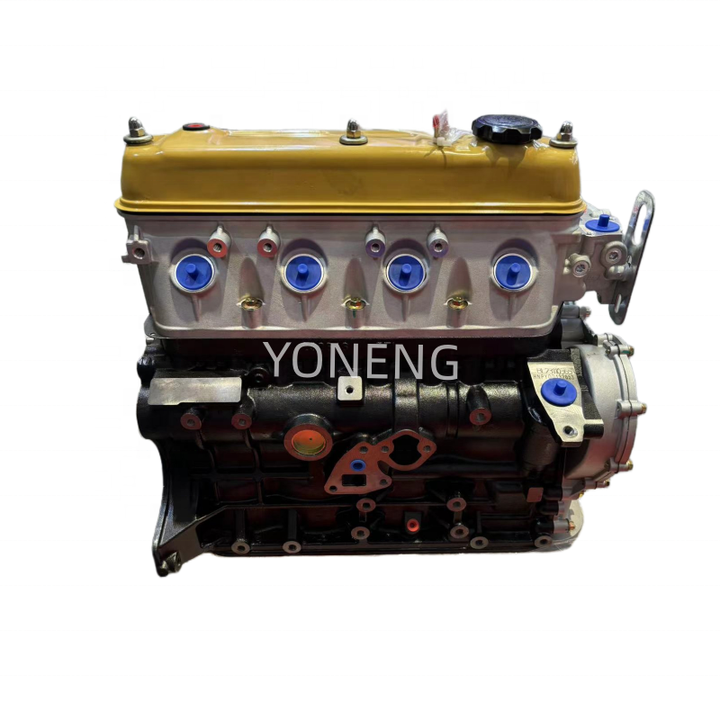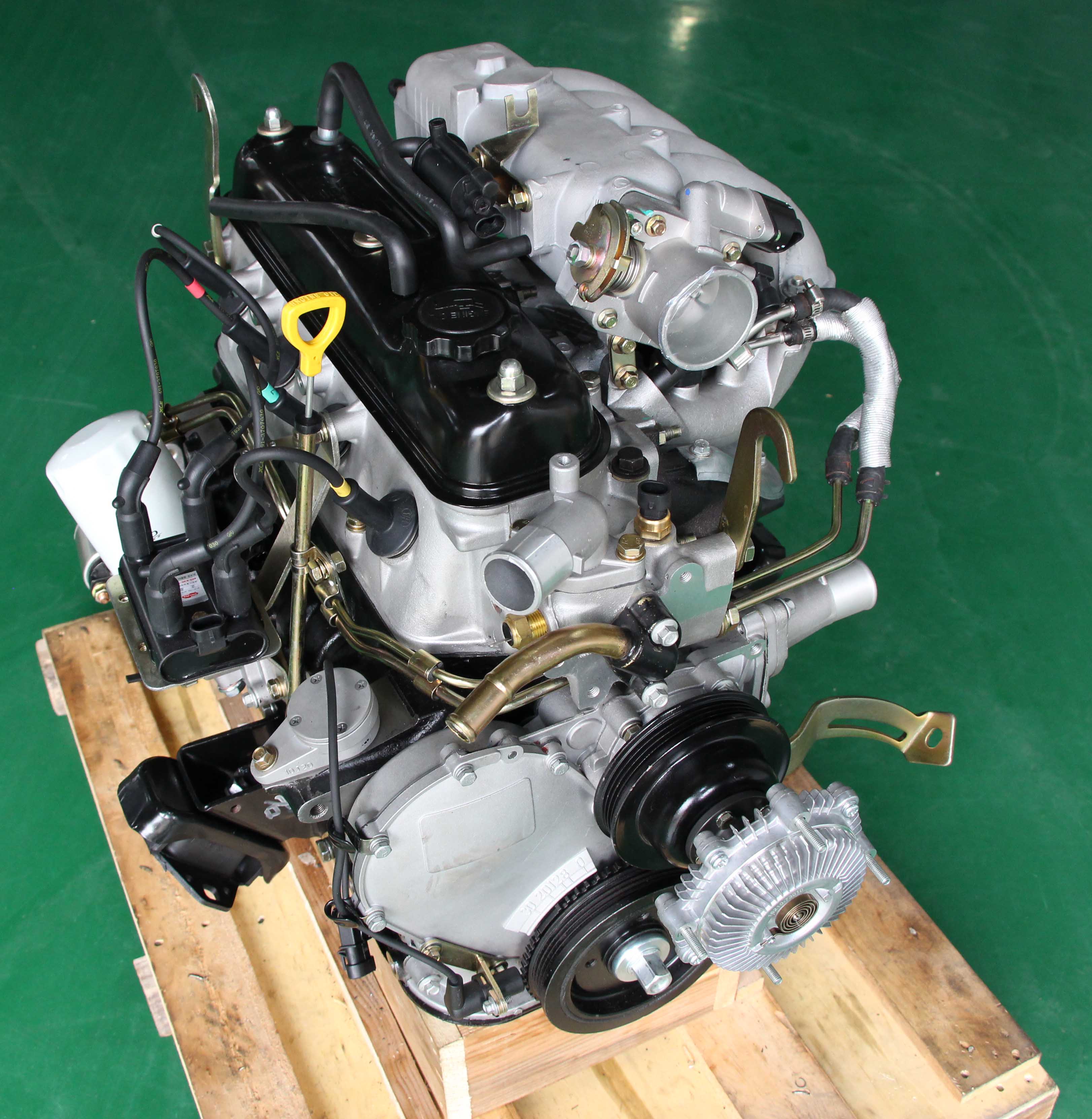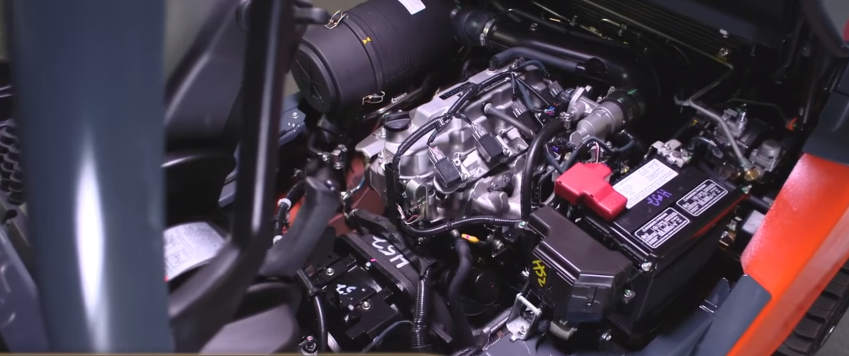Understanding the Mechanics Behind the 4Y Engine’s Power and Durability
Understanding the Mechanics Behind the 4Y Engine’s Power and Durability
Blog Article
Discovering the Different Kinds of Engine: Which One Fits Your Requirements?
Internal burning engines proceed to control due to their dependability, while electric engines are gaining grip for their sustainability. Crossbreed engines use a functional compromise, and diesel engines stand out for their power in demanding applications.

Interior Combustion Engines
Inner combustion engines (ICEs) are the backbone of modern-day transport, powering a vast range of automobiles from vehicles to planes. These engines run on the concept of transforming fuel into mechanical energy with a series of regulated surges within a combustion chamber. The most usual kinds of ICEs include gasoline engines, diesel motor, and rotating engines, each made to fulfill certain efficiency and efficiency demands.
Gas engines normally make use of spark ignition, while diesel engines rely upon compression ignition, causing distinctive distinctions in gas efficiency and power output (4y engine). Rotary engines, or Wankel engines, provide a portable design and smooth procedure, however are much less generally utilized in mainstream applications
ICEs have actually undergone significant improvements in modern technology, including the intro of turbocharging and fuel shot systems, which boost general performance and efficiency. In spite of their effectiveness improvements, ICEs face raising analysis as a result of their environmental effect, particularly relating to greenhouse gas discharges. As the auto market advances, the future of ICEs remains a subject of argument, stabilizing efficiency, performance, and environmental factors to consider. They continue to play a crucial function in global transportation facilities.
Electric Engines
As issues concerning ecological sustainability and fossil fuel reliance expand, electrical engines have actually become a compelling choice to interior burning engines. These engines utilize electrical motors powered by batteries or gas cells, offering a cleaner and more efficient ways of propulsion.
Among the key benefits of electric engines is their minimized emissions. Unlike typical engines that burn fossil fuels, electric engines generate zero tailpipe exhausts, considerably lowering air contamination and adding to improved public wellness. Furthermore, the performance of electric motors usually surpasses that of internal combustion engines, transforming a greater percentage of power from the source of power right into functional energy for movement.
Electric engines are additionally significant for their peaceful procedure, making them excellent for city settings. 4y engine. The simpleness of their layout leads to fewer relocating components, which can bring about lowered maintenance prices and enhanced integrity gradually
Nonetheless, difficulties continue to be, consisting of battery manufacturing influences, charging infrastructure, and array restrictions. Despite these hurdles, the expanding financial investment in electric car innovation and eco-friendly power resources factors toward an encouraging future for electrical engines, positioned to play a vital function in the transition toward lasting transport.
Crossbreed Engines
Mixing the advantages of both conventional and electric interior combustion engines, hybrid engines represent a functional remedy in the pursuit for effective and lasting transportation. These engines combine a gasoline or diesel engine with an electrical motor, permitting improved gas effectiveness and lowered discharges compared to conventional vehicles.
Hybrid engines operate in a number of modes, making use of the electric motor for low-speed driving and the interior burning engine for higher speeds or when even more power is required. This dynamic operation not just boosts fuel economic situation yet likewise contributes to a smoother driving experience. Regenerative braking is another important function, capturing energy usually lost throughout braking and redirecting it to charge the battery.

As customers increasingly prioritize eco-friendliness, hybrid engines stand out as a practical choice, using an effective balance of efficiency, efficiency, and ecological responsibility. This flexibility makes them suitable for urban travelling and long-distance travel alike.
Diesel Motor
Efficiency and power are hallmarks of diesel engines, which have long been preferred for their effectiveness and gas economy. These engines operate the concept of compression ignition, where air is compressed to a heat before fuel is infused, sparking it without the need for stimulate plugs. This process allows diesel engines to attain higher thermal performance compared to fuel engines, converting into better gas gas mileage and reduced co2 exhausts.
Diesel motor are especially fit for sturdy applications such as trucks, buses, and industrial machinery, where torque and longevity are critical. Their design generally includes stronger parts to stand up to the greater pressures generated throughout operation, resulting in longer solution life and decreased maintenance expenses.

Alternate Fuel Engines
While diesel engines have long controlled the landscape of heavy-duty power resources, alternative fuel engines are gaining traction as sensible choices for a much more sustainable future. These engines make use of a variety of fuels, such as compressed gas (CNG), hydrogen, gas, and ethanol, aiming to minimize greenhouse gas discharges and dependence on fossil fuels.
One considerable advantage of different fuel engines is their prospective to lower carbon impacts. CNG engines release fewer contaminants contrasted to typical diesel engines, making them appropriate for metropolitan transit systems and you can look here fleets looking for to enhance air quality. Ethanol, stemmed from biomass, not just decreases exhausts but additionally sustains agricultural economies.
Hydrogen gas cells stand for a sophisticated development in this realm, offering zero-emission power with a chemical reaction between hydrogen and oxygen. Challenges such as facilities development and manufacturing prices continue to be obstacles to prevalent adoption.
Verdict
Interior combustion engines use dependability, while electric engines prioritize sustainability and decreased maintenance. Crossbreed engines integrate the advantages of both, enhancing efficiency, whereas diesel engines provide premium power and torque for sturdy applications.
Hybrid engines supply a flexible concession, and diesel engines stand out for their power in demanding applications. The most usual types of ICEs consist of gasoline engines, diesel engines, and rotating engines, each made to satisfy certain efficiency and efficiency demands.
Unlike conventional engines that shed fossil gas, electric engines create absolutely no tailpipe discharges, dramatically lowering air contamination and adding to improved public wellness.Hybrid engines run in several settings, making use of the electrical motor for low-speed driving and the interior combustion engine for higher rates or when more power is needed. Hybrid engines combine the advantages of both, improving performance, whereas diesel engines give remarkable power and torque for heavy-duty applications.
Report this page